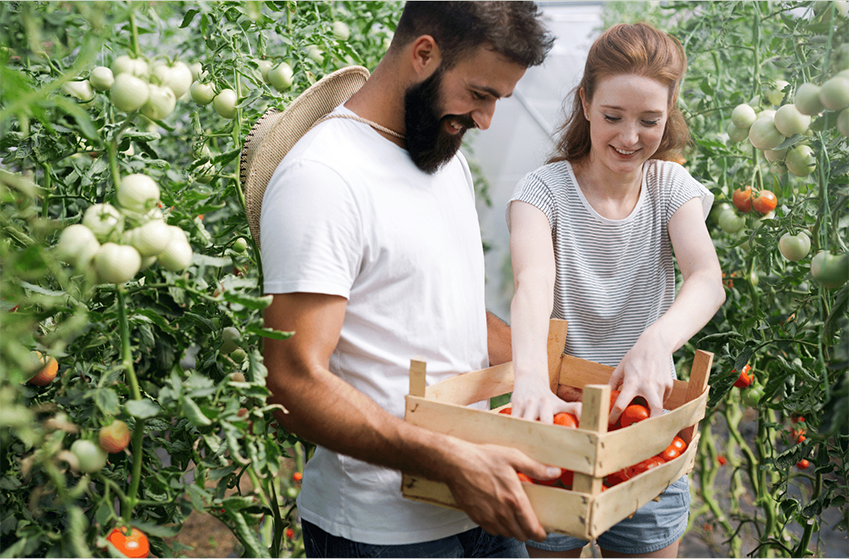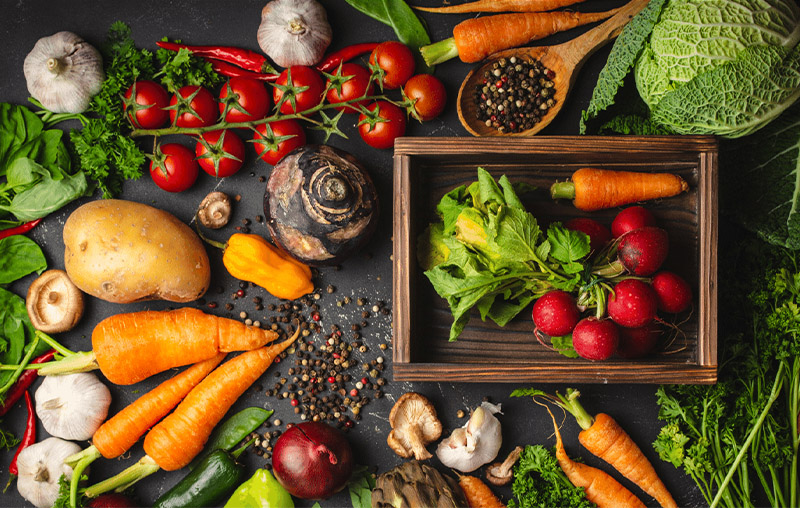[rev_slider_vc alias=”slider-3″]



The United States faces a food security risk:
If our country’s transportation network were ever disrupted, we may face a food supply disaster.
The big farming conglomerates are located in just a few states. If our highways, rail systems, or ports were ever damaged or destroyed, food supply will not be able to be delivered to the vast majority of our cities.
We also have an agricultural trade imbalance. Too much of our produce is imported from Mexico and other countries.
The american Foundation PRESENTS
the MILLENNIAL FOOD gardens Program


Helping create greater food security for our country
through tax-deductible contributions
Millennial Food Gardens
Self-sustaining Large Gardens Designed To Last A Thousand Years

Our Purpose
- To prepare for a likely future US food supply crisis
- To build numerous large food gardens in and around every community
- To create gardens on a sustainable model, one that can last a thousand years
Our vision is to have Millennial Food Gardens in every community in the United States.
Instead of thousands of family farms going out of business, through our program the country will benefit from thousands of new family-sponsored Millennial Food Gardens that will provide increased produce for everyone’s community in times of need.
Millennial Food Gardens: Achieving Perpetual Success
The magic to our “Large Garden” model is the coupling of each garden to an already existing hard asset revenue source. We will set up an income-producing hard-asset investment fund / endowment for each garden.
The revenue generated will help maintain and grow each of our Millennial Food Gardens that are designed to be successful for a thousand years.
With this coupling, Millennial Food Gardens will never incur debt or risk loss or failure. It will grow and develop each year based on its food production and sales along with its underlying, supporting revenue from its hard-asset investments.
Initially (until there is a supply chain crisis), the fruits and vegetables harvested from Millennial Food Gardens will be distributed to local food banks, pantries, homeless shelters, schools, hospitals and selected non-profit organizations providing food distribution to the most needy in our communities.
Long term, our goal is to develop thousands of Millennial Food Gardens that will provide a backup of critically needed food supply in the event of natural or man-made disasters.
We intend to develop these Millennial Food Gardens to be self-sustaining and to thrive indefinitely through the next millennium.

What is Hydroponic Gardening?
What Are The Benefits?
Hydroponic farming is the production of plants in any climate, under any soil conditions. Recent innovations in hydroponic agriculture have removed many of the unnecessary components of traditional farming. We can put gardens on paved parking lots. Hydroponic gardening produces high yields • lettuce: 300 to 400 tons per acre potatoes: 60 to 70 tons per acre • tomatoes: 180 to 200 tons per acre beans: about 21 tons per acre
Why Is What We Do Unique?
Through our proprietary model and off-the-grid production methods, each Millennial Food Garden is designed to be financially self-sufficient and perpetually prolific. In addition to the efficiency of the hydroponics agricultural model, each garden will maintain its own water supply and develop other energy needs. Our gardens will build cellars to store food, water, and seed to cover a 10-year supply.

Where Will Millennial Food Gardens Be Located?
The American Foundation will begin buying and developing Millennial Food Gardens in Arizona, Utah, Florida, Texas, or in any other state that the donor desires. Sponsors and their families can help us in the selection process
Millennial Food Gardens Has The Solution
Just think about it: For a minimal cost you can sponsor a large garden and benefit from a network of hundreds of large gardens across the country.
Plus, you can get a 100% tax deduction.
To learn how you can make a difference, call 602-677-4040


Millennial Food Garden Management
We are developing partnerships with many of our country’s largest and best gardening operations, ranging from garden supplies, garden equipment, garden production, and garden produce distribution
These cooperatives operate in areas ranging from New York to California and from Texas up into Canada
We implement the best gardening techniques and practices into our program as described in the Mittleider gardening method.
Our family sponsored large gardens will use the best gardening and gardening technologies and practices available.
Each of our projects might start out with just a rudimentary garden. Soon each Millennial Food Garden will have the intellectual and financial resources that will help it grow and get better every year.
With your tax-deductible contribution, you can sponsor a small garden near your community.
Your contribution will go to a hard asset investment that will fund the development and continued maintenance of this garden or garden.
This financial model is designed to sustain productive crops for generations, perhaps even a thousand years.



